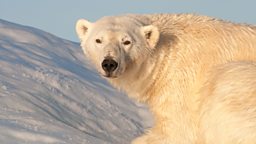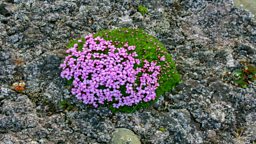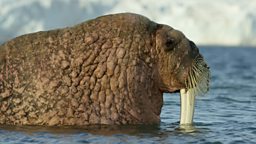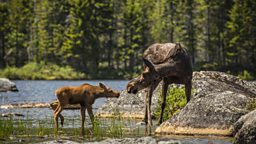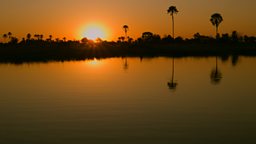Svalbard explained...
by Lauren Pascoe, Researcher
Come spring, the returning sun brings warmth and new life to the islands.
Sitting on the top of the world, the name of this remote Norwegian archipelago is suitably fitting: sval, means ‘chill’ and bard, means ‘edge’. These islands sit in darkness for four months of the year, as the sun sits perpetually below the horizon, creating the ‘polar night’. Come spring, the returning sun brings warmth and new life to the islands. The ice-locked land is freed from the grips of winter, and Svalbard becomes the land of the midnight sun.
Svalbard consists of five main islands, Spitsbergen, Nordaustlandet, Edgeøya and Barentsøya, and the ‘outlier’ Bjørnøya (Bear Island). It is a land of surging glaciers, vast fjords and frozen ice caps.
Only the hardiest species, such as Svalbard reindeer, polar bears, Svalbard rock ptarmigan and Arctic foxes are seen in winter – they build energy reserves during summer and autumn, building up a layer of body fat for survival through the winter when food is scarce.
Most birds that breed in Svalbard migrate south in late summer/autumn. Around six million birds return to Svalbard every spring, travelling many thousands of kilometres from their winter homes in Europe. They include Little auks, guillemots, geese, terns, gulls and skuas. The raucous bustle from the bird cliffs is almost enough to drown out the howling gale.
Almost the whole of Svalbard was covered by ice during the last ice age, which left a landscape with little soil or vegetation as the glaciers retreated. Today, throughout the archipelago, the thin soils may be snow-covered and frozen for nine months of the year. Permafrost thaws 30-150 cm every summer making it possible for plants to grow in the shallow frost-free layer of the soil. Spongy compass plants grow on the tundra, absorbing the suns heat in their domes.
The vegetation is lush by the foot of bird cliffs and other breeding places for birds. The moss, grass, and herb vegetation is one of Svalbard’s most diverse and species-rich habitats.
The history of Svalbard lies right on the surface – whalers graves, blubber ovens and abandoned Russian mining towns give evidence of people past. Whaling was once a lucrative industry of the islands. Though the promise of wealth and adventure drew many to these remote whaling stations, life expectancy was so short, whalers would have to bring their own coffins.
